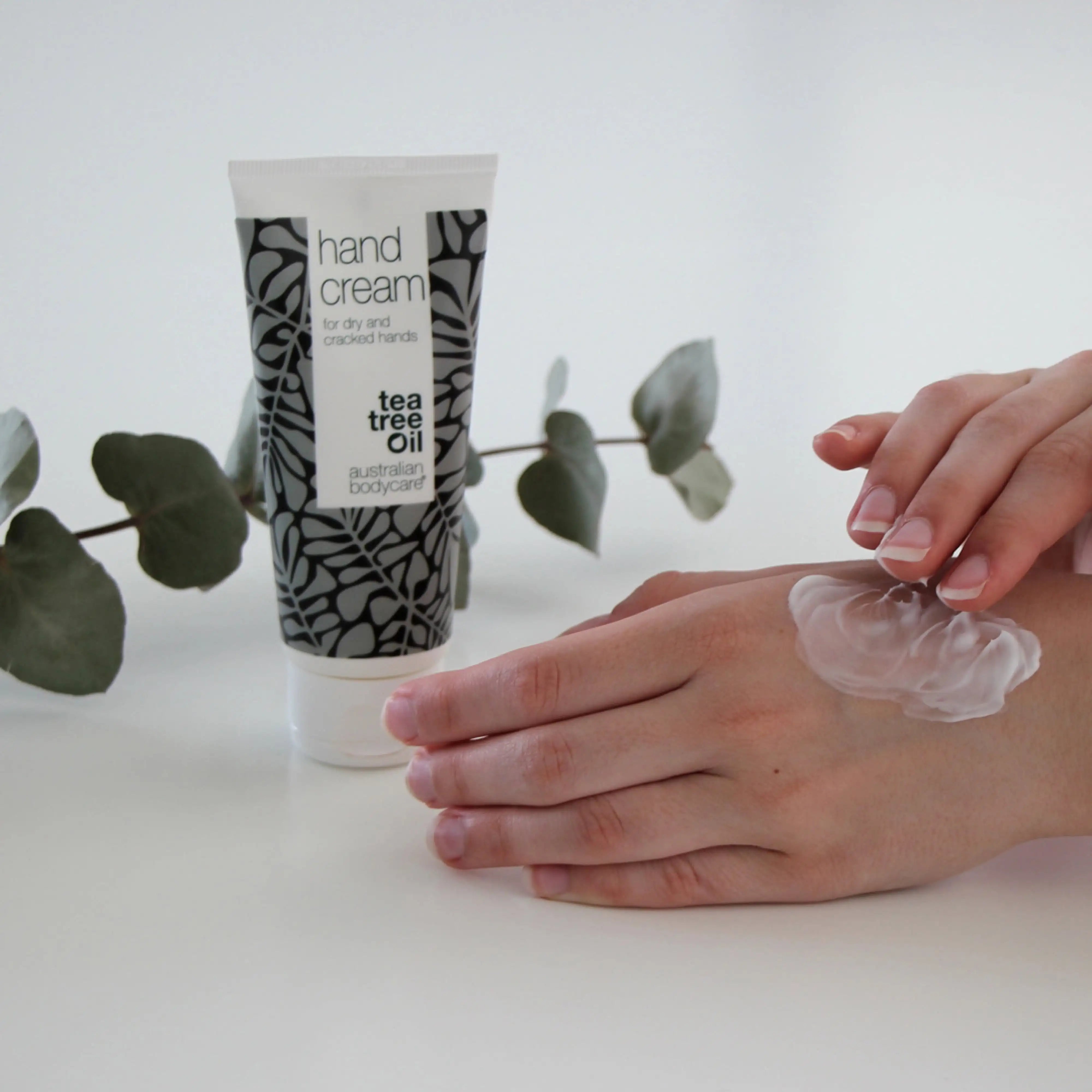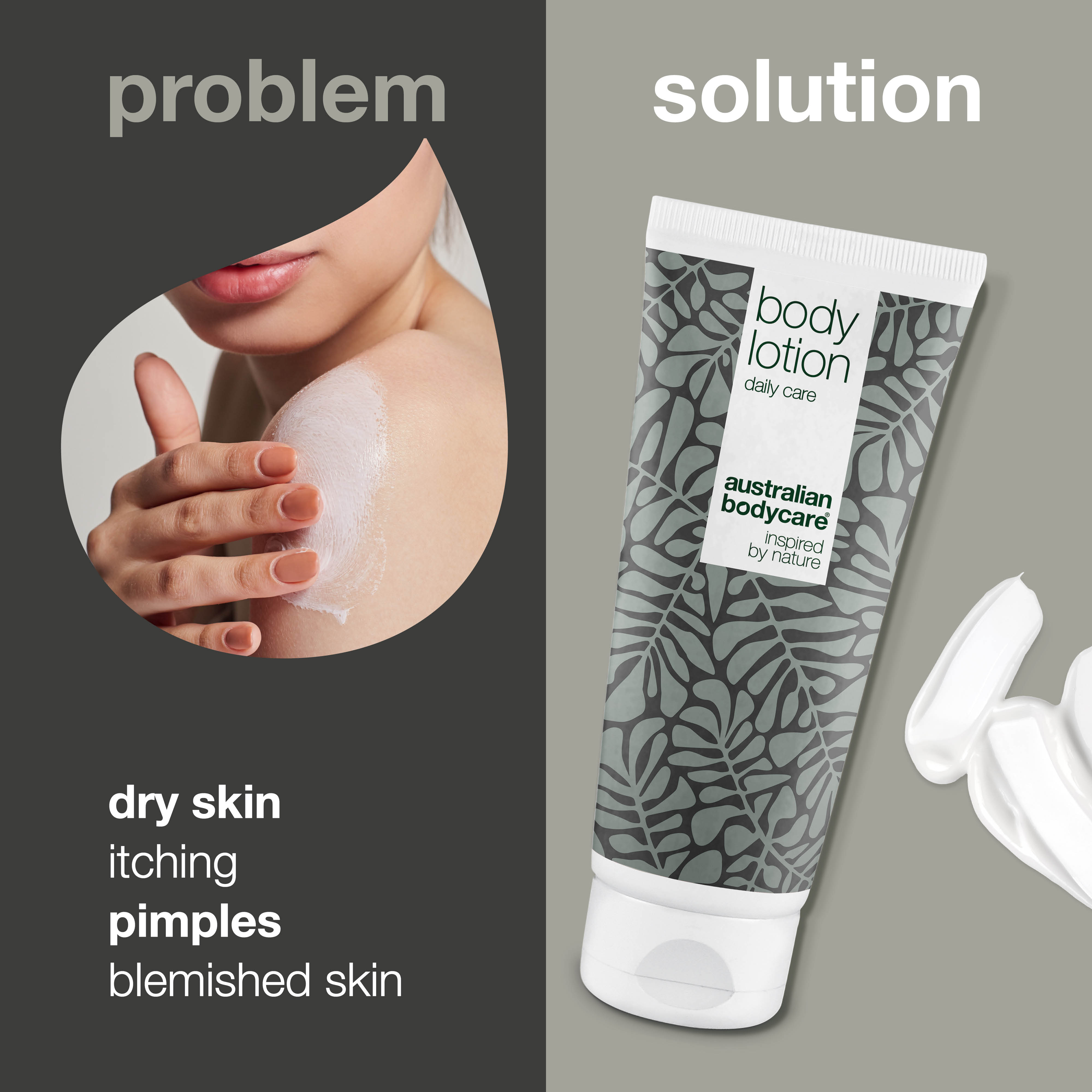Ringworm - fungi on your body
Ringworm is a sort of fungus on the body. Though the name may indicate it, these infections do not have anything to do with worms. Ringworm can be treated with a fungicidal cream.
Table of contents
What is a ringworm?
What hides behind the scientific term Tinea corporis or dermatophytosis corporis et extremitas is a fungal infection, which is mostly known under the name ringworm.
Tinea corporis means fungus on the body. Ringworm is a fungal infection on the outer layer of your skin and arises due to a group of fungi called dermatophytes.
What are symptoms of ringworm?
If you suffer from ringworm it will show in form of itching breakouts in a circular shape with redness, rough skin and a flaky outline, with the skin in the middle of the circle looking normal.
Typically, the breakouts come in a circular or ring-shape, often with several rings.
The ring spreads over time and becomes larger, if the ringworm is not treated.
The breakout can be itchy, and there can be several, overlapping rings.
Your doctor can help
You should consult a doctor if you identify ringworm. Your doctor might ask you whether you have been in contact with animals, since this is a typical way of getting infected.
The diagnosis is normally easy, should the typical circular shaped breakout be identified. Other dermatological issues like psoriasis or atopic eczema should be examined and excluded.
The infection is not dangerous but can be itchy and impact the skins function as a protective barrier against bacteria. Apart from that you may infect other people if you suffer from ringworm. Therefore, it is recommended to treat the ringworm as soon as possible.
If the test should show fungi, a fungus extinguishing cream will be used as a treatment.
Make sure to also check your pets for ringworm. The infection often looks like a bald patch of skin where fur is missing.
It is important that the source of the infection is eliminated. This means that in case of a spread of the infection through an animal or a pet, they should be treated as well.
How do you get ringworm?
A ringworm infection is what is referred to as a zoophile infection, because it is transmitted through contact with animals such as dogs, cats, hamsters and guinea pigs.
This means that the infection can be transmitted from animals to humans.
Ringworm is spread through direct contact with animals or through fungal spores on loose flying hair in surrounding areas.
You can get infected with ringworm by touching pets who are themselves infected. You can also get ringworm from other animals such as cows, goats, pigs or horses.
Ringworm can also spread if you touch objects or surfaces that have been previously touched by infected people or animals that have been in contact with the object before. This could be a towel, bed sheets, combs or hairbrushes.
Do not share clothing, hairbrushes, towels or other personal items with others if you suffer from ringworm.
The fungi that lead to ringworm have especially good growing conditions in moist, closed surroundings.
Infectiousness
The risk of infection is quickly diminished if you receive treatment. If you have children with ringworm, they will be able to attend kindergarten the day after the first have been treated.
An outbreak of ringworm can eventually happen in schools and kindergartens.
If your child owns a pet, the risk of getting ringworm is higher.
People with a weak immune system have a much higher risk of being infected.
Children with ringworm can also infect other children. In some rare cases adults can get infected too. Especially people working on farms and with very fury animals have a high risk of infection.
Treatment of ringworm
The treatment with a fungus extinguishing cream is sufficient in the majority of cases. The cream is applied once per day for one week.
You should apply the cream on the ringworm as well as about 2 cm around the affected area. Alternatively, there are other treatments against fungi that are equally used on the skin.
This cream should be applied 2-3 times daily with an average treatment period of 3-4 weeks, but you should continue the treatment about 2 weeks after the symptoms disappear.
If the ringworm and the diagnosed fungal infection should spread, a medical treatment through the use of pills can be necessary. Pay attention to the side effects of these medicaments. The most common ones are discomfort in the stomach, rashes or an affected functioning of the liver.
If you are taking other medication at the same time, for example blood thinning medicine or medicine against high cholesterol, there can be further side effects - talk to your doctor in order to clarify.
Skincare products to use on ringworm
Through a fungal infection such as ringworm, the skins natural barrier against bacteria is destroyed.
Therefore, it can be helpful to use Body Wash. This body soap contains natural tea tree oil, which cleanses and protects from unwanted bacteria growth.
Body Lotion by Australian Bodycare can thereafter the treat infected skin with moisture for the dry, patchy skin.
FAQ - frequently asked questions
Is ringworm a worm beneath my skin?
No, the fungal infection got its name because of the red, circular rings which are visible on the skin in most cases of a ringworm infection.
Can I get ringworm in other places than on my skin?
Yes, on your nails - but here the infection shows in form of swelling and discoloration of the nail, which turn yellow and develop a white layer on top.
Does ringworm only show through red circles on the skin?
No, ringworm can also appear as flaky, red patches, and on the scalp, it can appear like an average pimple.
Do only children get ringworm infections?
No, adults can get ringworm as well. Mostly adults are only infected if they are in contact with animals or animal fur. Therefore, veterinarians and farmers often get infected.
Can ringworm be treated with non-prescribed medicine?
Yes, most of all ringworm infections can be treated with medicine that does not require prescription. Remember to follow the instructions before use of the cream.
Do symptoms show right away after a ringworm infection?
No, ringworm has a long incubation time, which is the time period between the infection and the first visible symptoms. It can take several days up to one week before the red patches or circles show on your skin. I can take up to 2 or 3 weeks to see symptoms of ringworm on the scalp.
Should other people than those infected get a treatment?
Yes, if one member of your family is infected with ringworm, it is recommended that everyone in the household is treated in order to avoid infecting each other and others.
Do I need antibiotics to treat ringworm?
No, because fungal infections are not bacteria. Therefore, you should use medicine that is made for the treatment of fungi.
Can you get ringworm more than once?
Yes, you can. Especially if you are still in contact with infected people or animals after your own treatment is over.









